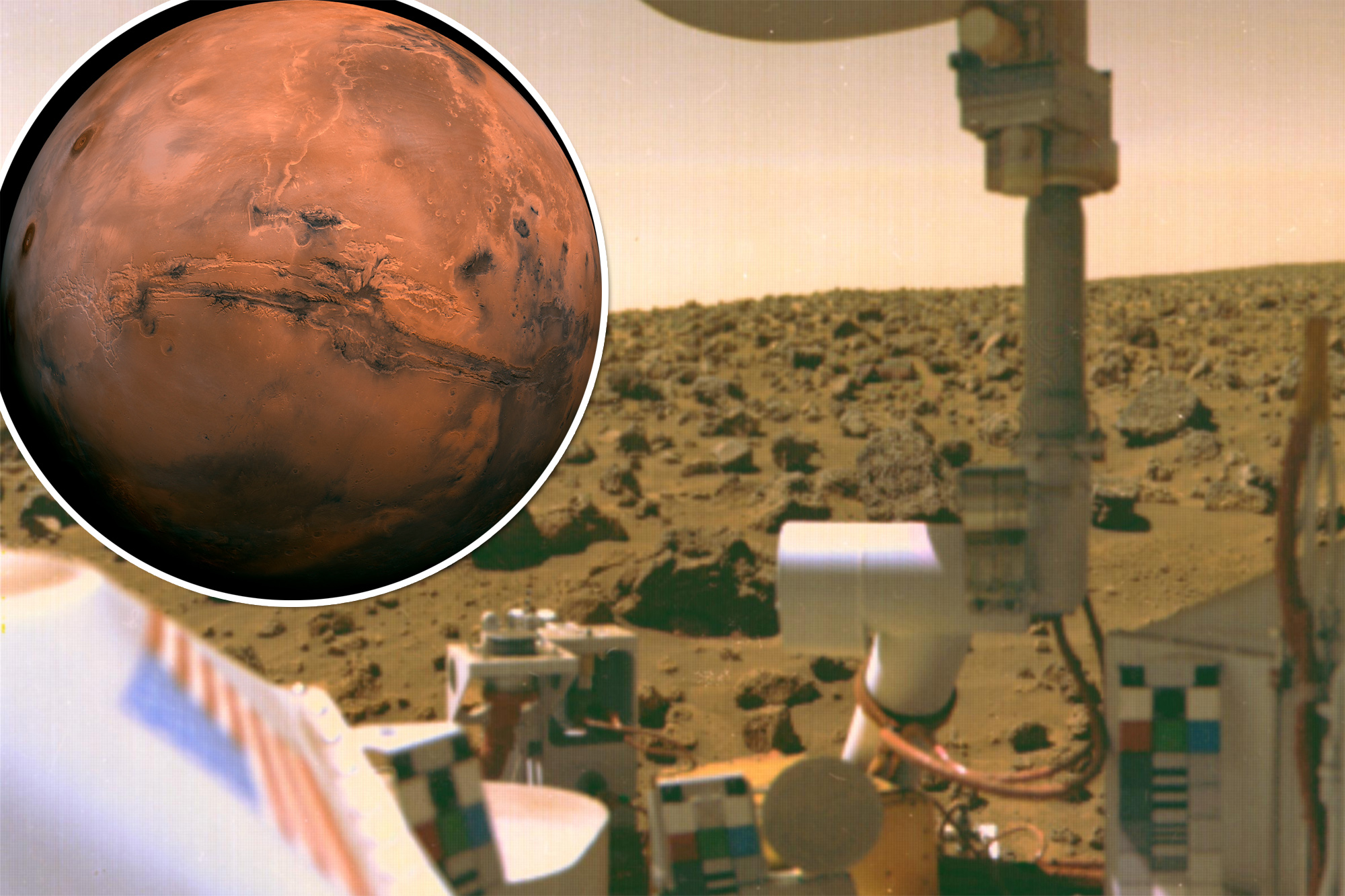
Oops?
Life on Mars may have been found — before it was accidentally destroyed during a NASA mission nearly 50 years ago, one scientist has suggested.
In 1975, just six years after Apollo 11 touched down on the moon, two landing crafts, Viking 1 and 2, were sent to the red planet’s surface. The objective was to experiment on whether its soil could produce something living.
However, astrobiologist Dirk Schulze-Makuch fears that the crafts may have killed potential life on Mars by putting water on it. He theorizes that salts with the ability to absorb moisture from the Martian atmosphere might normally provide all the necessary water to microbes there; as such, those living components might have been too sensitive to handle the direct addition of even more liquid.
A key factor for the years-long Viking project was adding water to the ground on the desert planet to see if plant life could grow as it does on Earth. Eventually, both landers found inconclusive microbial material within the Mars soil, leading to decades of debate and wonder.
Schulze-Makuch offered a parallel example of an alien in a spaceship coming to Earth and finding a human “somewhere in the desert.
“Then they said ‘OK, look, that’s a human and it needs water,’ and puts you directly in the middle of the ocean. You wouldn’t like that, right?” Schulze-Makuch told Space.com recently.
He cited another study on Mars’ Atacama Desert, which showed that torrential rain killed 70% to 80% of the area’s natural bacteria “because they couldn’t handle that much water so suddenly.”
Instead, prospective life finds a different, unique way of absorbing an appropriate amount of water on the red-dot planet, as compared to on Earth.
With the removal of external water sources, water already pulled into the planet’s salt remains longer than anticipated. It is “crucial” for increasing water activity microscopically for microbial life, Schulze-Makuch said.
“Life is very good at taking advantage of these physical or chemical effects. There are plenty of examples in biology, which is very good at using these kinds of effects — I’d nearly call them tricks because they’re using this kind of quirky physics or chemistry.”
Schulze-Makuch recently published a commentary about his theories, titled “We may be looking for Martian life in the wrong place,” in the journal Nature Astronomy after presenting the admittedly “controversial” conjecture to his peers at a conference in the Netherlands last year.
“I thought afterwards I may get some backlash, but they took it surprisingly well,” he said, crediting the Viking experiments as groundbreaking during their time.
“These people were not stupid, and I think the approach was right at that time … And now, we have much better tools and much better insights and better methodologies.”
Schulze-Makuch, who has previously looked into whether the moon once had life, can’t say with certainty that a Mars-based organism would be following his argument. Still, he is hopeful for a definitive answer someday.
“Eventually, we will get the evidence, one way or another, and that’s good. I’m OK if I was wrong,” he said.
“I think either way, this was an interesting idea — even if some people don’t think so,” Schulze-Makuch continued. “But we’re ultimately looking to discover life, and to do so, we have to think outside the box.”














